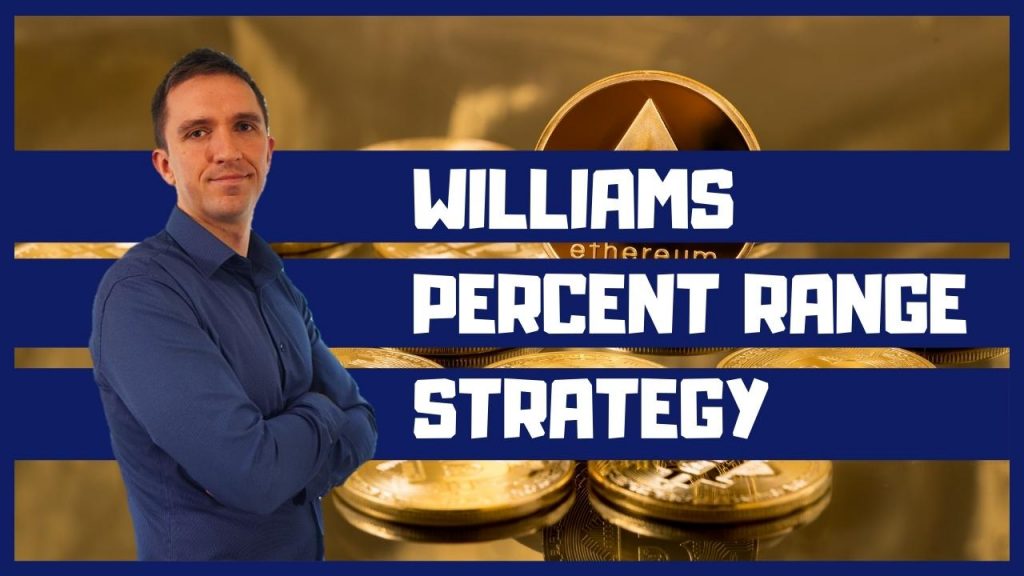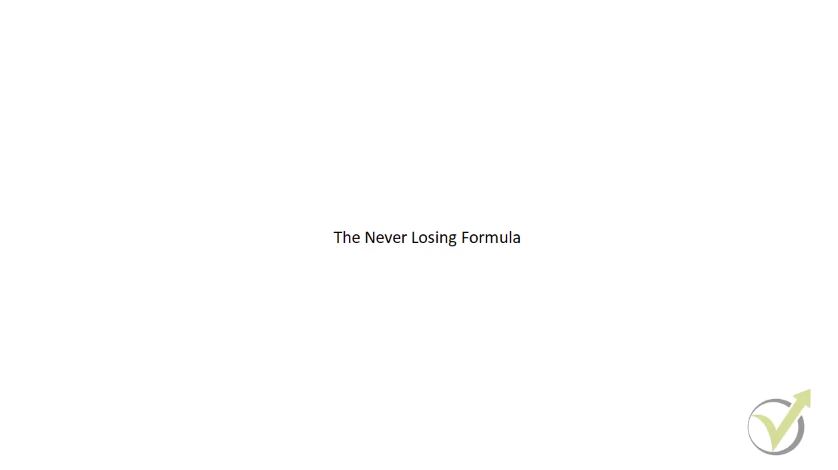Williams Percent Range Strategy
Hello traders, in this lecture, I will teach you a Williams Percent Range strategy for Ethereum. This is one of the most profitable strategies I have been using so far. It is for the H1 chart and it is very easy to apply. So what I will do now is I will open one chart for Ethereum, right-click over it in the Market Watch, and I click on Chart Window.

And again, I will use a template, black background,

so all of them will be similar and I will switch to 1-hour time frame.
I have called this strategy the Will Ethereum H1 because it uses the Williams’ Percent Range Indicator. I go to Oscillators and I click on the Williams’ Percent Range.

So for the period, I will be using 38, and I will have a level of negative 35. And then on the top, I will have obviously 65, as we said, the sum always to 100.

And actually, in this case with the Williams’ Percent Range, they are negative. I click on OK and you will see it displayed below the chart.

As well, we have exit Indicator which is the DeMarker. I will go to Oscillators then DeMarker.

We have a period of 28, and we have Levels of 30 and we have level of 70. Here it is, 0.70, and I click on OK.

The exit indicator for the Williams Percent Range strategy
You will see the DeMarker below the chart. So the exit Indicator is that we want to see the DeMarker crossing the level line upwards.

So before I share with you what is the Stop Loss and the Take Profit for the strategy, I just want to make sure that you understand the entry and the exit.
So, for example, right here you see that the Williams’ Percent Range crosses the level line upward and that’s an entry. Or at this moment, we Buy.

There is another entry right here. So if we took that trade, we would still be into the trade because the level line that the DeMarker must cross is the 0.30, not 0.70.
So in this case over here where you see the DeMarker crossing upwards, that is the exit for the long trade.

But you can see that actually right here, the entry comes a little bit later.

So let me look for some decent examples because the exit is when the DeMarker crosses the level line upwards. But it’s the 0.30 level, not the 0.70.
The entry for the Williams Percent Range Strategy
So I’ll just need to look for an example. So here I see that the Williams’ Percent Range crosses the level line upwards and I will put a horizontal line and a vertical line. Here is the cross on the opening of the next one, here it is. I will put a horizontal line which I will make green.
Since this is a long trade, here is the entry. Now what I see is that DeMarker crosses the 70. It goes down and when it crosses the 0.30 up. This is an example that I saw with the exit condition. So at that moment, we should be taking the profit because of the exit condition.
OK, the DeMarker goes up, down and when it goes up again and crosses the 0.30, we are taking the profit. In this case, we are losing a lot of the profit. But that’s just an example that I notice. However, let’s see if the Stop Loss or the Take Profit would be hit in this example.
The Stop Loss and Take Profit
So we have entry-level of 382.87 and the Take Profit for the strategy is 90 USD which would make it 472.87. That’s too high. 400. I will place it anyway. 472.87 I will leave it to 72. And then we have the Stop Loss, which is at 15 USD lower. So the entry is at 382.87 and 15 USD lower. I will change it to red and that would make it 367.87. I click on OK and you see.

What happens, we have the Williams’ Percent Range crossing the level line upward. We Buy on the opening of the next candle and then the price goes up, down doesn’t reach the Stop Loss goes up again and it fails to take the Take Profit, which is higher. So with this strategy, we have a very good risk-reward, Stop Loss of 15 USD and Take Profit of 90 USD.
And after that, we must exit because of the DeMarker when it crosses the level line 30 upwards right over here. So, we still benefit in this case that would be a distance of 28 USD and 37 cents I think. So still a profitable trade. But it would be of course better if Take Profit was hit. However, I pick random examples from the chart so I will be able to show you different outcomes.
Negative trade
As I said, there will be always a different outcome on the market. And I would like to show you, as well some negative trades, I think we have one right here. The Williams’ Percent Range crosses the level line downwards. So first, it crosses it right here. Let me remove all of the lines, so you will not get confused. I will just show it quickly.
The Williams’ Percent Range crosses the level line downward, the -65, first time in here. Then it crosses a few times here and then here and here. It’s like 4 times right in this period. But I think no matter which one you take, it will end up on Loss because after that the price goes up and it will hit the Stop Loss. Even if we take the first one, which is at this bar, the price is 390.
We have a Stop Loss of 15, which will make it at 405. So right here we are taking the loss and it’s not reaching the Take Profit. And as well we need to see the DeMarker crossing the level line of 0.70 downwards. Right over here would be the exit.

So first, we have the Stop Loss. So that’s a negative trade. But you can see simply what happens. The price goes down and then it reverses.
We take the profit
And you should know that this happens on the market. But here I see a very nice example. We have the Williams’ Percent Range crossing the level line upwards. Here it is. We Buy at the opening of next bar. So the cross is at that moment. And then on the opening of the next one, we take the trades, here it is, let me put very quickly just the entry and I will not put the Take Profit and the Stop Loss.
You will see why it’s not needed. I will switch it just quickly to green color. So here is the entry. I will put it just precisely on the opening of the bar.

So you see what happens, the DeMarker goes up above the 70, goes down here, it touches it, it’s not really going under and then going above that would be an exit. So if I put the mouse, you will see that the value is 0.3002. Very close, but it’s not a cross.
We want to see the DeMarker going below the level then going up and that would be the exit. But in this case that didn’t happen. It happened right over here. So this is at the price of what is it right over here. The price is 388. Still, we are getting the profit. Here is the entry, the price goes up and here we are taking the profit at around 388.
Feel free to ask if you have any questions
So this is about 70 USD of a profit. But as we said, we have Take Profit of 90 USD, which means that if we enter at 318 + 90 USD, that would be 408.31, is it reached? These candlesticks here reach to if I put the mouse on the closing, you will see where they reach. They have a high of 406.

So that’s one of the examples where we see the price getting very close to the Take Profit, but it doesn’t close there.
This is what I’ve said. If I’m in front of the computer and I see the price going very close to the Take Profit, I will just close the trade and take a little bit smaller profit. But there is always the risk, the price to reverse. However, in this case, we are still in the profit because of the exit condition of the DeMarker. So that’s quite an interesting and simple strategy for Ethereum with very good risk-reward. As I’ve said, Take Profit of 90 USD and Stop Loss of 15 USD.
If you have any questions about any of the strategies, don’t hesitate to ask me in the comments below. I will make it clearer to you and I will see you in the next lecture.
Cheers.



